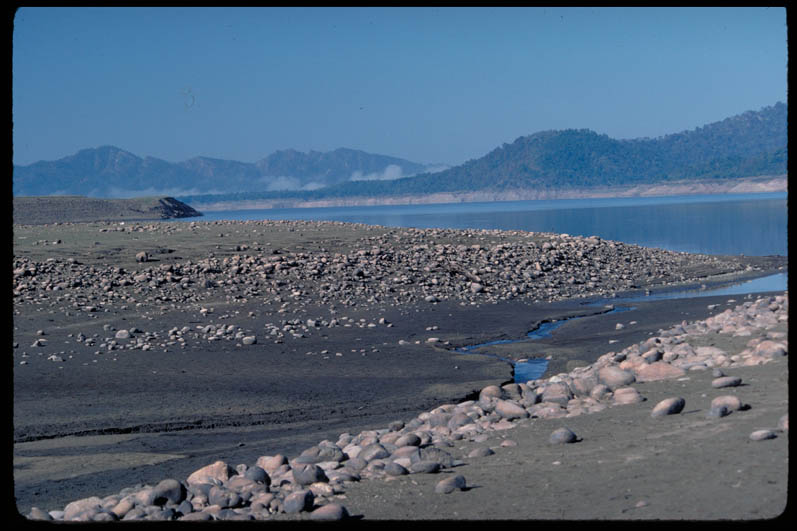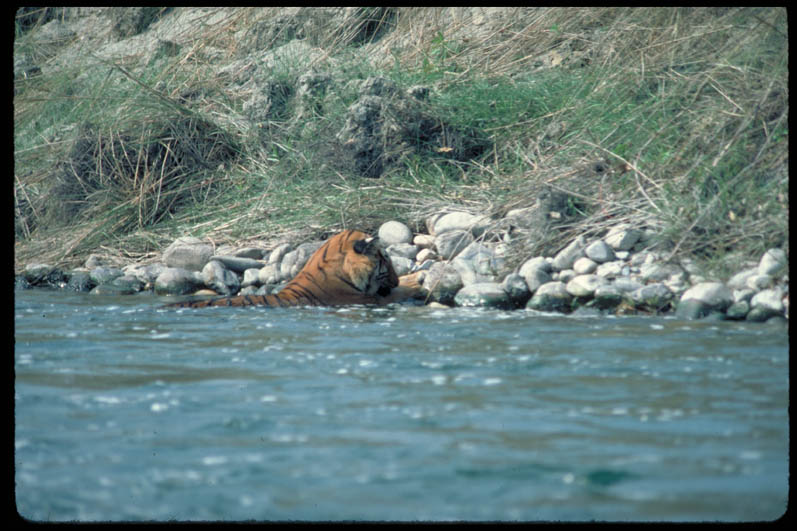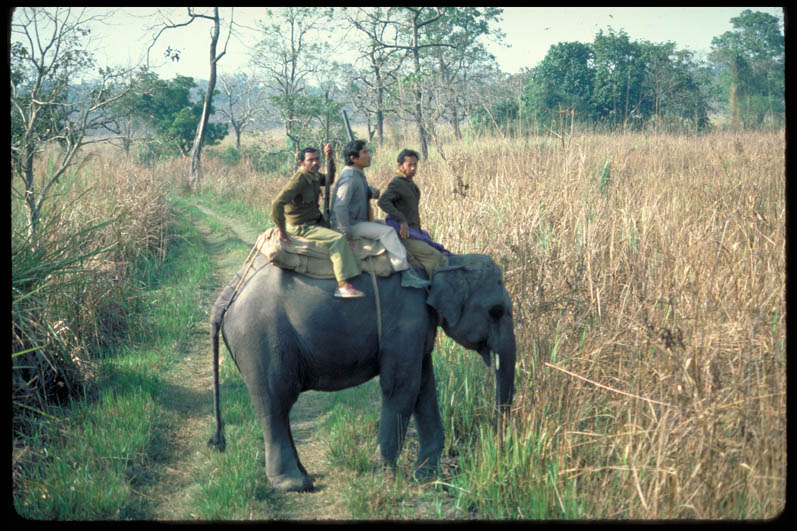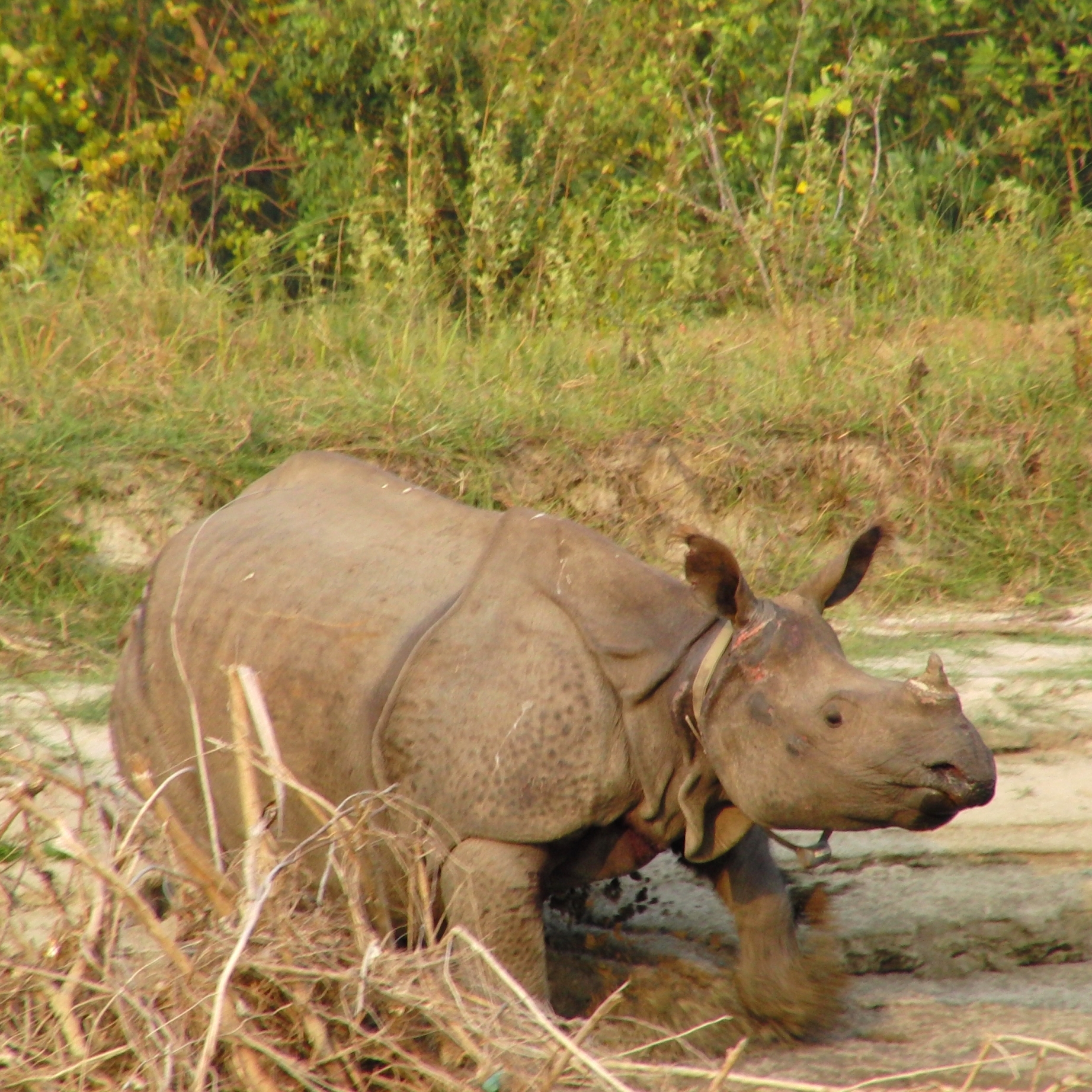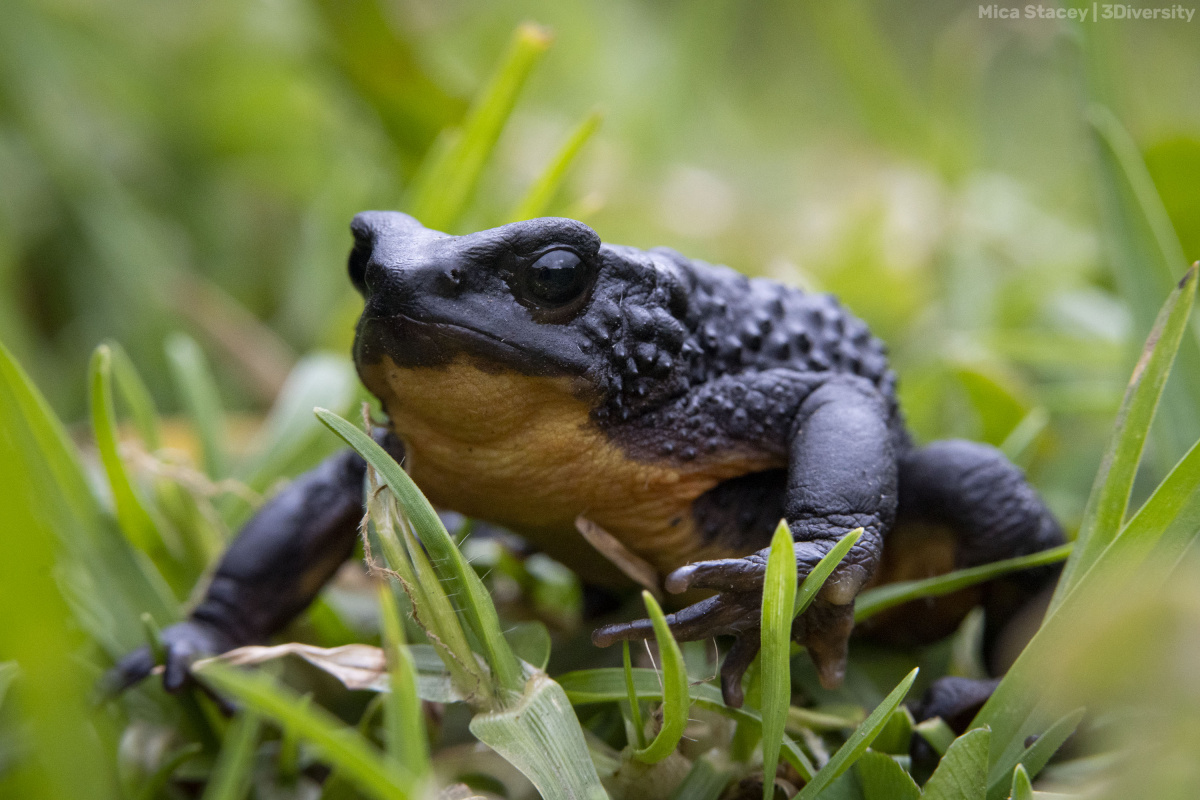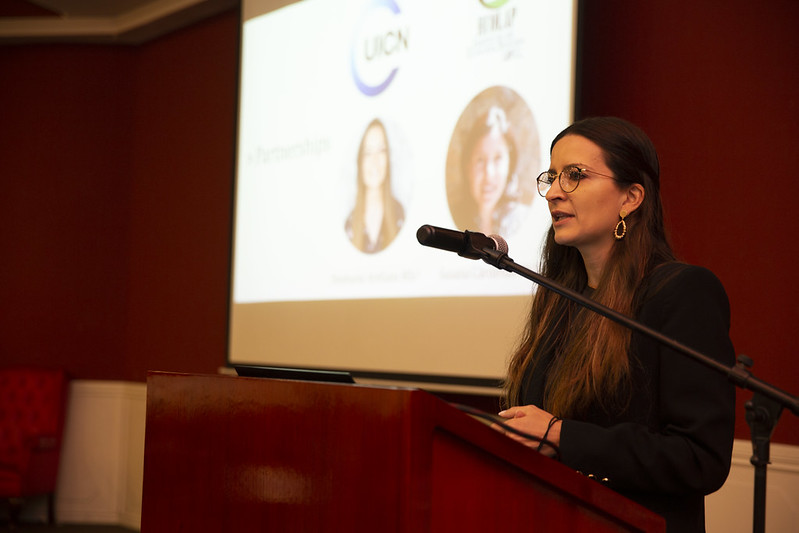Manas Wildlife Sanctuary on the road to recovery
Manas Wildlife Sanctuary in the eastern Himalaya foothills of India has been removed from the List of World Heritage in Danger, following the advice of IUCN.
A UNESCO/IUCN monitoring mission to the Sanctuary earlier this year noted the progress made so far to increase the population of key species, including tigers, Indian elephants and Great One-horned Rhino.
Other threats such as illegal logging and wildlife poaching in the Pambari Range have declined significantly and the park infrastructure has improved, according to the mission report.
“The great efforts by the Indian authorities to support recovery of wildlife populations and improve the overall park management have brought about a positive change for one of India’s natural treasures,” says Tim Badman, Director of IUCN’s World Heritage Programme. “The Sanctuary is on a good track, but the work and funding to secure its future need to be sustained.”
The reintroduction of the One-horned Rhino is under way and funding is secure until 2011. But the monitoring mission found out that the swamp deer population will not recover unless a swamp deer restoration programme is in place. A tourism management plan developed with local communities should address the high expectations for ecotourim as an alternative livelihood.
Indian authorities have repeatedly requested that the site be removed from the Danger List and its reputation as one of India’s richest wildlife areas reinstated. The rapid decline in wildlife and the eradication of the rhino during a decade-long insurgency, led to the inscription of the site on the List of World Heritage in Danger in 1992.
"While the focus of media and public attention is usually on the new sites to be added to the World Heritage List, the protection of sites already on the list plays an equally important role in ensuring the future of our world heritage, “ says Peter Shadie, Deputy Head of IUCN Delegation. “The List of World Heritage in Danger is a practical way of providing support to the sites that need it the most.”
Spokespersons:
• Tim Badman, Director of IUCN’s World Heritage Programme, e tim.badman@iucn.org
• Peter Shadie, Deputy Head of IUCN Delegation, e peter.shadie@iucn.org
For more information or to set up interviews, please contact:
Brian Thomson, IUCN Media Relations, m +41 79 721 8326, e brian.thomson@iucn.org
For high-resolution photos, please contact:
Christelle Perruchoud, e christelle.perruchoud@iucn.org
About IUCN’s work on World Heritage
Each year IUCN, the independent advisory body on nature to UNESCO, reports to the World Heritage Centre on the conservation status of certain natural and mixed World Heritage sites under threat. IUCN’s assessments on what is happening in World Heritage sites are derived from a variety of sources: IUCN members, indigenous peoples groups, the scientific community, experts from IUCN commissions and concerned individuals and organizations. www.iucn.org
